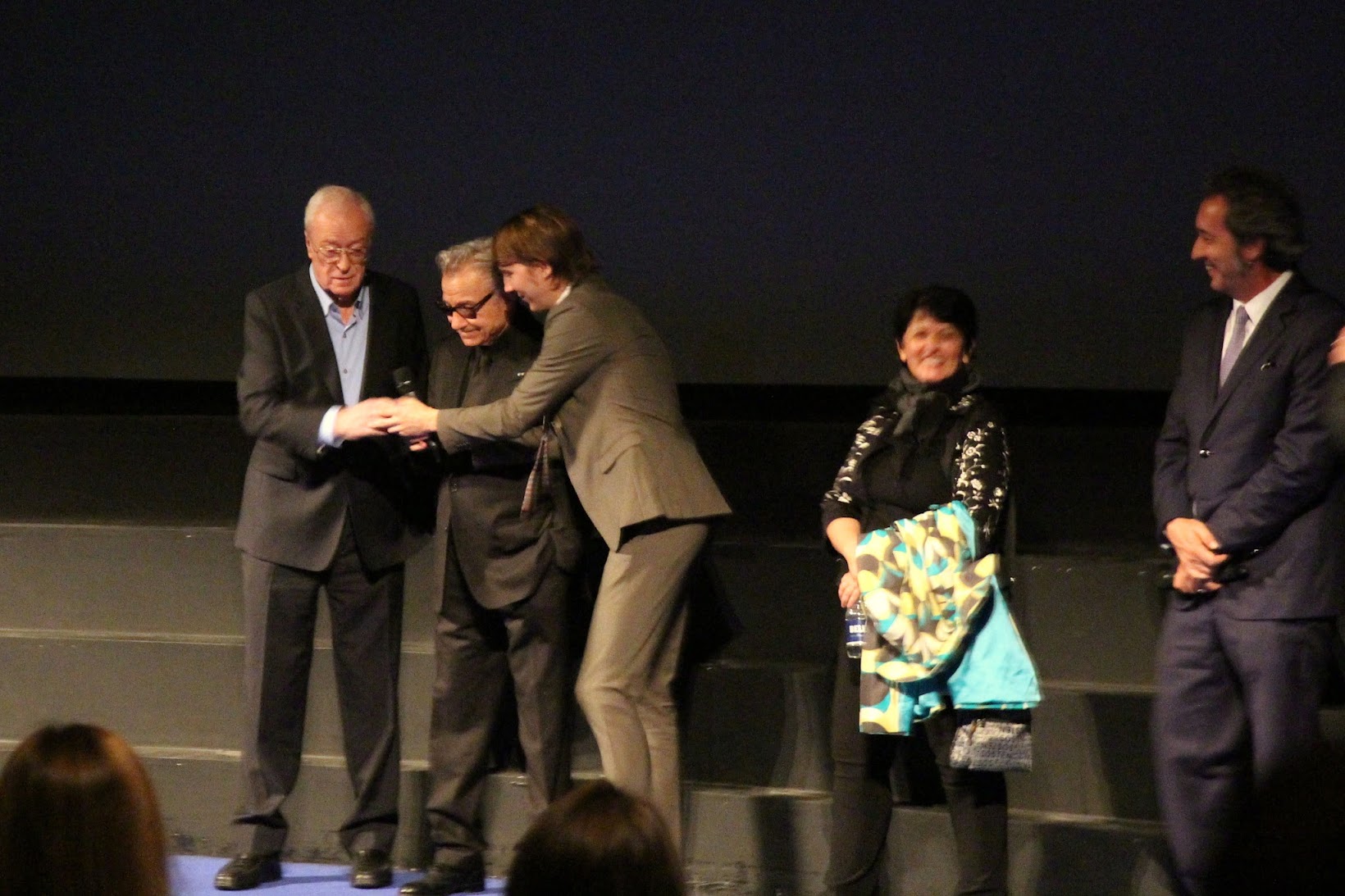I read Toíbín's hugely popular novel more than five years ago and although I remembered the basics of the plot, I had forgotten how much I enjoyed reading it and, in particular, how well-drawn the character of the protagonist, Eilis, and her emotional journey felt. Crowley's film, with a screenplay by Nick Hornby, is a relatively faithful adaptation of the novel, although with some structural changes.
Brooklyn opens in the early 1950s in the small Irish town of Enniscorthy. Eilis (Saoirse Ronan) is preparing for her imminent emigration to the United States, which has been arranged by her beloved elder sister Rose (Fiona Glascott) and a friend of Rose's, Father Flood (Jim Broadbent), a priest who lives in Brooklyn and who has organised the documentation for Eilis and even found her a job. Eilis fears that she will miss her sister and their lonely, ageing mother (Jane Brennan), but Enniscorthy doesn't offer her many prospects — for work, fun or love.
After a rough voyage to New York, Eilis arrives in Brooklyn wide-eyed and terribly homesick. She doesn't enjoy her job in a fancy department store but starts to take night classes in accountancy at a local college. She lives with a gaggle of other Irish girls in a boarding house run by the formidable Mrs Kehoe (Julie Walters), who favours Eilis on account of her being less "giddy" and catty than the others. It is only when she meets a charming Italian chap named Tony (Emory Cohen) at a church dance that the homesickness finally begins to fade. As their romance blossoms, Eilis begins to hope that she may be able to build a new life — and home — for herself in this strange new land.
But a sudden turn of events means that Eilis must return to Ireland for a few weeks. She has already booked her boat ticket back to New York, but her mother and, seemingly, most of the other residents of Enniscorthy seem to be conspiring to try to convince her to stay. She spends time with her best friend Nancy (Eileen O'Higgins), she gets a part-time job as a book-keeper and she develops a friendship with the town's most eligible bachelor Jim (Domhnall Gleeson). Life in Enniscorthy no longer feels like a prison sentence and this, added to familial duties and a real love for her home, mean that Eilis must make some very tough life choices.
Ronan is terrific in the central role. She masters the more complex, nuanced emotions her character undergoes just as well as the lighter and more comic moments (of which there are many). Crowley told us in the Q&A that Ronan had actually moved from home to London during the filming of Brooklyn and experienced some of the homesickness and feeling of being pulled in two quite different directions as her character. The other actors don't get much screen time but put in some great performances, especially Walters and the gaggle of girls at the boarding house. The two love interests — played by Cohen and Gleeson — both have great chemistry with Ronan, even though the brash but sweet alpha-male-ness of Tony contrasts greatly with the understated, sensitive and tender Jim.
The film is also beautifully shot, with meticulous attention to detail. Crowley talked at length in the Q&A about the changing colour palettes (including in the costumes) as the film progresses. Despite the film's name, they could only afford two days of shooting in Brooklyn, so Montreal stepped in for many of the interior scenes. The Irish scenes were shot on location in Enniscorthy, where many of the residents appeared as extras or spent days on end watching the filming.
Brooklyn is a love story, a timeless, compelling and unusually structured one at that, but it is really about the journey of its central character: her physical journey, of course, but also the steps she takes towards independence, self-knowledge and understanding of her place in the world. And that journey is something we can all relate to, whether it's 1950s Brooklyn or 2010s London, and beyond.






















